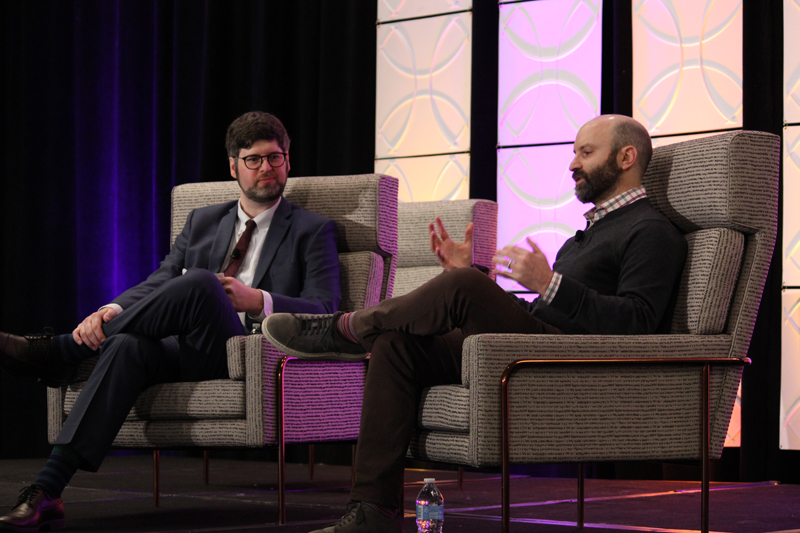Adam DeWitt, Grubhub’s president and chief financial officer, was recruited to the Chicago-based delivery player in part because he previously was CFO of a publicly held firm so knew the drill. In 2011 Grubhub had $20 million in revenue and in 2018 topped a billion—“so quite a ride,” as DeWitt puts it mildly.
Despite Wall Street’s criticism after its most recent quarterly conference call, which is inevitable when a public company says it will slow down geographic expansion even a bit, DeWitt says being public is worth it, and even sets the company apart from others.
“Getting out in the public, it forces a different level of discipline (on) how you operate, how you grow, especially in a transformational industry,” he says. “It helps you not just have a narrative but also have the numbers. It forces a lot of discipline, to have a model that works for all the parties.”
DeWitt said Grubhub added 3 million active diners to its platform last year, and has well over 100,000 restaurants as customers. Asked if the era of Grubhub’s geographic expansion is over, he answered with nuance. “I wouldn’t say it’s over … A very large, vast majority of Americans can order Grubhub right now. It’s about filling in the edges,” he said. “I’d say the big step-up is over and now it’s kind of filling in demand. We’ll be investing in capacity for the next several years but not to the extent you’re going to see the P&L ratchet up.”




